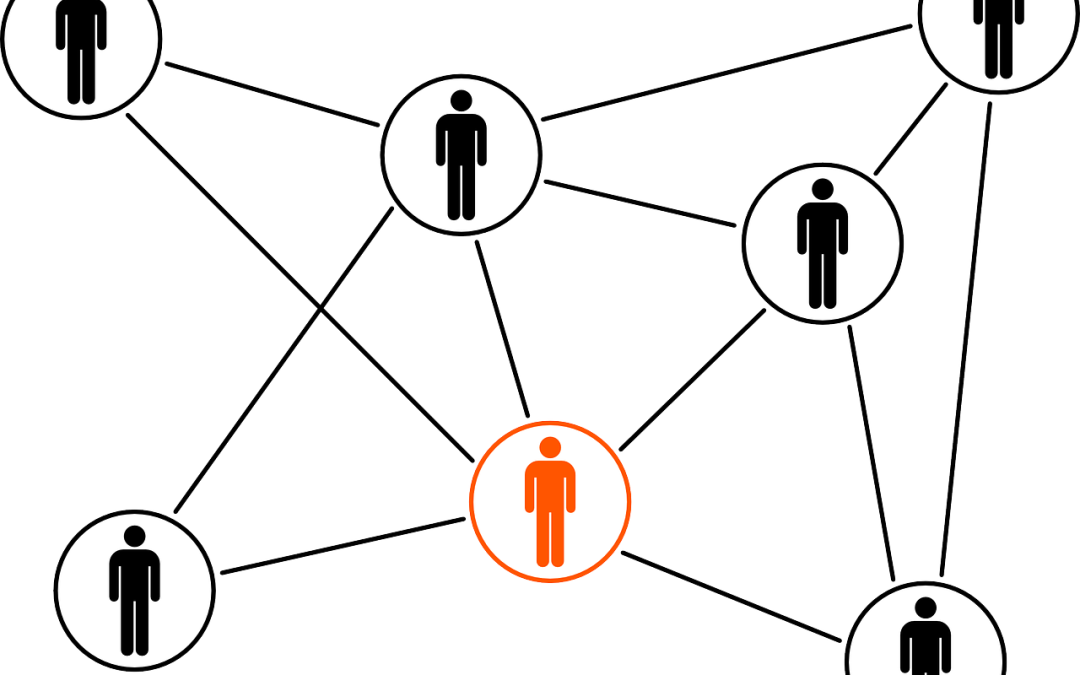High-performing teams take seriously how well they create value for their stakeholders. The best teams know what their stakeholders need and expect from them. Here are some things to keep in mind as you focus on understanding your critical stakeholders, both inside and outside your department or organization. When you do, you increase your team’s effectiveness.
Identify Your Stakeholders
Your stakeholders greatly influence the reason your team exists and vice versa. That’s why it’s important to be clear about just who your team’s stakeholders are. To guide this inquiry, research by Clutterbuck and Hirst (2003) identified 3 aspects of influence between teams and their stakeholders:
Creating or limiting financial resources – Executive teams or department heads are likely to control financial resources for your team. In non-profits, a particular donor or group of donors are stakeholders when they fund a program or initiative.
Impact to or from one another – Customers are an obvious stakeholder for many sales, design, and manufacturing teams because of the direct impact of their work on the end user of a product or service. Also, there are often impacts between your team and other work teams in your organization. These effects can be so routine that you overlook them as stakeholders and vice versa.
Having shared purpose and values – A shared purpose with stakeholders means that you both have an interest in each other’s success. You know you share values with a stakeholder when the values they live by are similar or support yours. Indeed, research shows that shared values and purpose unifies your team and its stakeholders and helps your team create stakeholder relationships that will advance your team purpose (Freedman, et al, 2004).
Thus, your team’s stakeholders are those individuals and groups who feel valued by you and find value in what your team does because they benefit from, are impacted by, and/or influence your team’s decisions and output.
Not All Stakeholders are Obvious
It’s easy to overlook some stakeholders. For example, many executive and management teams often overlook their direct reports as stakeholders. They overlook that their team decisions and work products almost always directly affect those who report to them. It’s easy to focus only on the loudest or most powerful voices. Using a stakeholder map can help you identify your team’s key stakeholders, including those “unusual voices” who benefit from or influence your team’s work while having less influence in the decision-making process.
Additionally, high-performing teams have large networks of both strong and weak ties to networks of stakeholders that provide expertise that can support the team. Weak ties tend to be with others with whom the team has ad hoc interactions. Strong ties are with those with more critical cooperation and expertise. Teams can nurture both types of stakeholder relationships accordingly.
Stay Engaged with Stakeholders
One way to say in touch with your stakeholders is to identify members of your team who can act as team representatives to engage stakeholders:
• Ambassadors: market the team to the those with power both inside and outside the organization;
• Scouts: gather information from people outside the organization who have different knowledge/expertise;
• Coordinators: manage the connections to the team across functions inside the organization.
The better relationship you have with your stakeholders, the higher competitive advantage your business has (Jones 1995). Therefore, to become a more effective team, it’s important to identify and continually engage your key stakeholders. When you do, your team will gain the information necessary to continually adapt to changing conditions in its stakeholder system.
WANT TO USE THIS IN YOUR NEWSLETTER, BLOG OR WEBSITE? You can, as long as you include this information with it: Beth Strathman works with executives and senior leaders to create team environments that optimize ownership, accountability, learning, and results. Learn more at bethstrathman.com.

